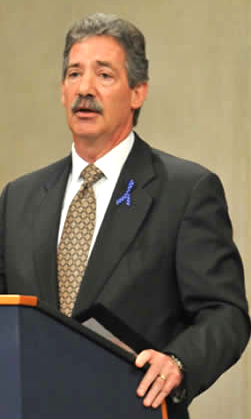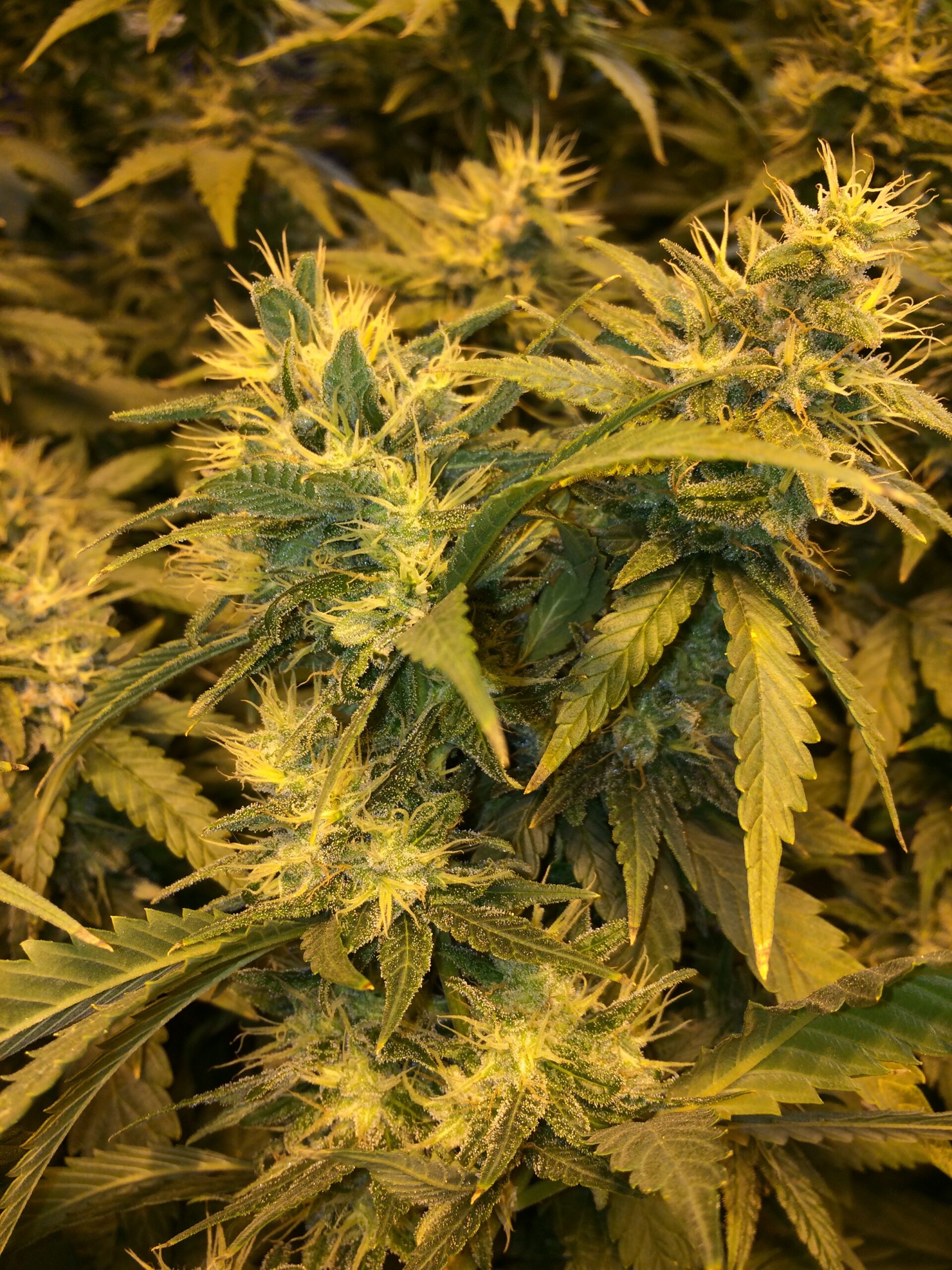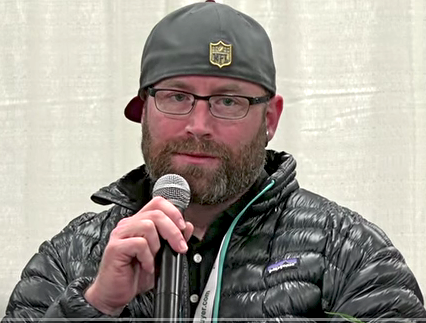From O’Shaughnessy’s New Service, October 16, 2014 After Colorado and Washington state voters passed “legalization” initiatives in November, 2012, there was some doubt that the federal government would allow their implementation, which was set for 2014. Reform and industry leaders expressed relief and gratitude in late August 2013 when a memo from Deputy Attorney General James M. Cole to federal prosecutors laid out the Obama Administration’s “enforcement priorities” in the two vanguard states. The feds’ top priority would be “Preventing the distribution of marijuana to minors.” (What the media and leading reformers were calling “legalization” could just as well have been termed “under-21 prohibtion.”)
“The Department of Justice expects that states and local governments that have enacted laws authorizing marijuana-related conduct,” Cole told Congress, “will implement effective regulatory and enforcement systems to protect federal priorities and the health and safety of every citizen. As the guidance explains, a jurisdiction’s regulatory scheme must be tough in practice, not just on paper. It must include strong enforcement efforts, backed by adequate funding.”
Flashback to 1937, when a federal marijuana prohibition was needed, according to Harry J. Anslinger (also a great protector of the youth), because too few Americans were being arrested under the various state law. The states weren’t sufficiently tough in practice, according to Anslinger, the director of the federal Bureau of Narcotic. He singled out law enforcement in two states for praise when he testified before the Senate:
Sen. Herring: You say there are several hundred arrests in California alone, and about that same number throughout the rest of the United States?
Anslinger: There are about the same number in the rest of the United States.
Herring: How do you account for that? Is it because of their state law?
Anslinger: It is because they have a state enforcement agency there. They vigorously enforce the law. I might say that Pennsylvania is doing important work also.
To both federal officials, Anslinger and Cole, the underlying assumptions are that marijuana is a very, very harmful drug, and that prohibition —enforced by the police—is an effective way to prevent its use. The only difference is that Cole and the neo-prohibitionists are focusing on a subset of the population, those under 21 (who now account for 40-50% of marijuana arrests, and will soon account for more).
How far have we really come in our understanding of marijuana’s safety and our assessment of prohibition as an effective strategy?
The neo-prohibitionist approach
The total prohibition imposed by Congress in 1937 ended in 1996 when California voters passed Proposition 215, legalizing marijuana for medical use. The genie’s head was out of the bottle — but instead of accepting defeat, the Drug Warriors applied fierce pressure to the genie’s shoulders. The mechanism of the pressure is called “regulation” and/or “legalization.” The famous Cole memo of 2013 concerned the regulatory schemes developed in Colorado and Washington. Perhaps if the leaders of our so-called movement had denounced the Cole memo as a retrenchment of prohibition, its author would not have escalated his threat last week. But that’s exactly what Deputy A.G. Cole did in an October 15 interview with Timothy Phelps of the LA Times. Here’s Phelps:
“California should strengthen its regulation of the medical marijuana industry if the state wants to avoid federal intervention, Deputy Atty. Gen. James M. Cole said Thursday.
Cole, who announced Thursday that he is leaving the No. 2 job at the Justice Department, said he was proud of his efforts to take a softer approach to enforcement of federal marijuana laws. Cole sent a memo to all U.S. attorneys a year ago, including several in California who had aggressively targeted medical marijuana facilities, telling them to ease up on prosecutions of marijuana in states where it was legal.
But in the interview, Cole said states should still have a strong regulatory system in place for the use and sale of marijuana, something he said California lacks.
‘If you don’t want us prosecuting [marijuana users] in your state, then get your regulatory act together,’ he said. Cole added that California must do a better job of stopping marijuana growth on federal lands.
Unlike most other states that have legalized marijuana in some form, California has no statewide regulatory regimen, leaving it to counties and cities to create a hodgepodge of rules and protections.
Attempts to get marijuana regulation through the state Legislature have failed, but activists are hoping to get an initiative on the 2016 ballot.”
The Cole memo of 2013 —and his recent warning to Phelps of the LA Times— will for sure get cited by well-funded “realists” seeking to dictate the version of legalization that goes on 2016 ballot in California. They will claim that Under-21 Prohibition is necessary because the support of law enforcement is necessary —as if Proposition 215 wasn’t a stinging rebuke to law enforcement! (If you’re just joining us, Prop 215 was opposed by every police chief, sheriff and district attorney in the state, with the exception of Terence Hallinan of San Francisco. The opposition was led by Attorney General Dan Lungren, who publicized the fact that Prop 215’s prime mover was “a drug dealer from San Francisco,” the infamous Dennis Peron. Prop 215 was opposed by Gov. Gray Davis, Senators Boxer and Feinstein, President Bill Clinton, his opponent Bob Dole, his Four Star Drug Czar Barry McCaffrey, ex-presidents Jimmy Carter and George H.W. Bush, and even the beloved Surgeon General C. Everett Koop. The initiative passed by a 56-44 margin. We, the people, had had it with their anti-marijuana propaganda.
P.S. Our line on “underage use” is laid out here.





